Top 10 Recently Extinct Species
In an ever-changing world, the delicate balance of ecosystems is frequently disrupted, leading to the tragic loss of diverse species. The recent extinctions of various animals and plants are stark reminders of the fragility of life and the profound impact human activity can have on the planet. This list delves into the Top 10 Species that have recently become extinct, highlighting the significance of each species and the circumstances that led to their disappearance. This somber reflection serves as a call to action to preserve the remaining biodiversity and prevent further loss.
1. Pinta Island Tortoise (Chelonoidis abingdonii)
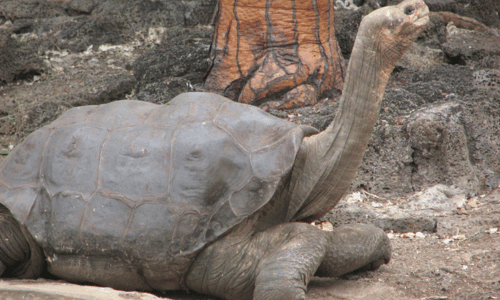
The Pinta Island Tortoise, native to the Galápagos Islands, saw its last known individual, Lonesome George, passed away in 2012. This species’ decline was primarily due to overexploitation by humans and the introduction of non-native animals, marking a sombre moment in conservation history.
2. Spix’s Macaw (Cyanopsitta spixii)
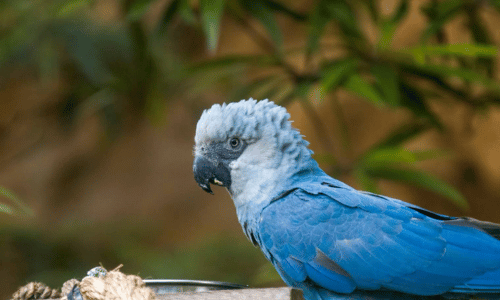
Known for its striking blue feathers, Spix’s Macaw was declared extinct in the wild in 2019. Habitat destruction and the pet trade severely diminished its population. Efforts are ongoing to reintroduce captive-bred individuals into the wild, offering a glimmer of hope for this species.
3. Baiji Dolphin (Lipotes vexillifer)

The Baiji Dolphin, a freshwater species once found in China’s Yangtze River, was declared functionally extinct in 2006. Industrial pollution, dam construction, and accidental capture in fishing gear contributed to its demise, making it the first dolphin species to go extinct due to human activity.
4. Pyrenean Ibex (Capra pyrenaica pyrenaica)
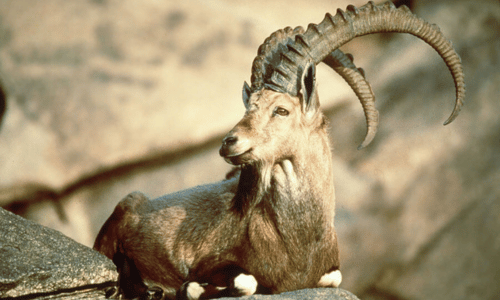
The Pyrenean Ibex, native to the Iberian Peninsula, became extinct in 2000. Despite efforts to clone this species, the last individual, a female named Celia, was found dead, marking the end of this subspecies. Overhunting and habitat loss were key factors in its extinction.
5. West African Black Rhinoceros (Diceros bicornis longipes)
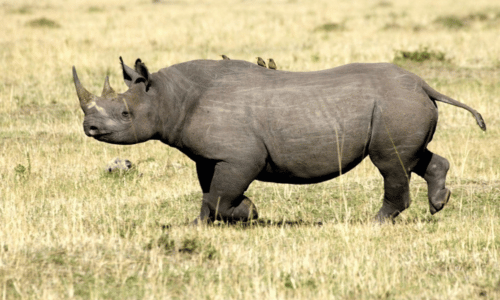
Once prevalent across West Africa, the West African Black Rhinoceros was declared extinct in 2011. Poaching for rhino horn, primarily used in traditional medicine, decimated this species, underscoring the devastating impact of illegal wildlife trade.
6. Passenger Pigeon (Ectopistes migratorius)
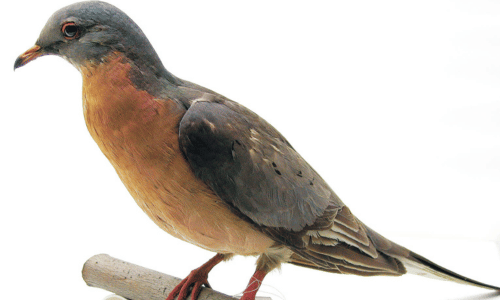
The Passenger Pigeon, once one of the most abundant birds in North America, became extinct in 1914. Intensive hunting and habitat destruction led to its rapid decline, illustrating how even plentiful species can become extinct swiftly.
7. Tasmanian Tiger (Thylacinus cynocephalus)
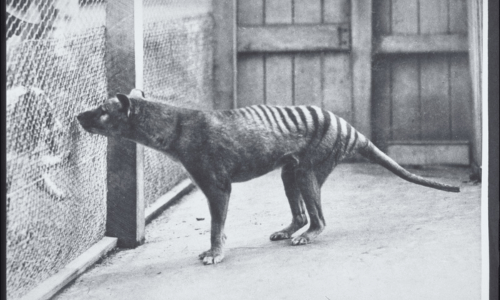
The Tasmanian Tiger, or Thylacine, native to Australia, Tasmania, and New Guinea, was declared extinct in 1936. Intense hunting, encouraged by bounties and habitat destruction, led to its extinction. This species’ demise is a poignant reminder of the impact of human activity on wildlife.
8. Golden Toad (Incilius periglenes)
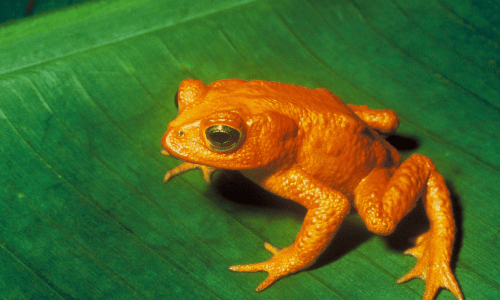
The Golden Toad, once found in the high-altitude regions of Costa Rica, was last seen in 1989. Climate change, resulting in habitat alteration, and possibly fungal infections is believed to have contributed to its extinction, highlighting the broader implications of environmental changes.
9. Poʻouli (Melamprosops phaeosoma)
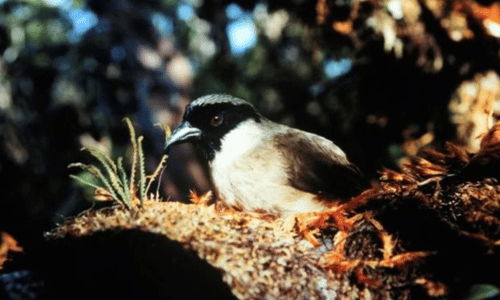
The Poʻouli, a bird species native to Hawaii, was last sighted in 2004. Habitat destruction and introduced species such as rats and mosquitoes carrying avian diseases contributed to its decline, reflecting the vulnerability of island ecosystems.
10. Javan Tiger (Panthera tigris sondaica)
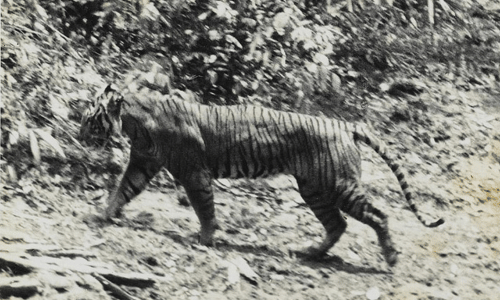
The Javan Tiger, once inhabiting the Indonesian island of Java, was declared extinct in the 1970s. Habitat loss due to agricultural expansion, hunting, and loss of prey led to its disappearance, emphasizing the complex interplay of factors leading to species extinction.
The recent extinction of these ten species serves as a stark reminder of the fragility of our planet’s ecosystems and the profound impact human activities can have on biodiversity. Each species lost is a warning, a story of a unique and irreplaceable thread removed from the tapestry of life. As we reflect on these losses, let’s also reignite our commitment to conservation and the protection of the myriad species that still share this planet with us. We’ve reached the end of our Top 10 countdown, and we’d love to hear from you! Do you agree with our choices, or is there something we missed that you feel deserves a spot on this list? Let’s start a conversation – comment below with your thoughts and ideas. Your input might just influence our next Top 10!
If you like this, you might like The Top 10 Rarest Animals Discovered in the Last Decade





